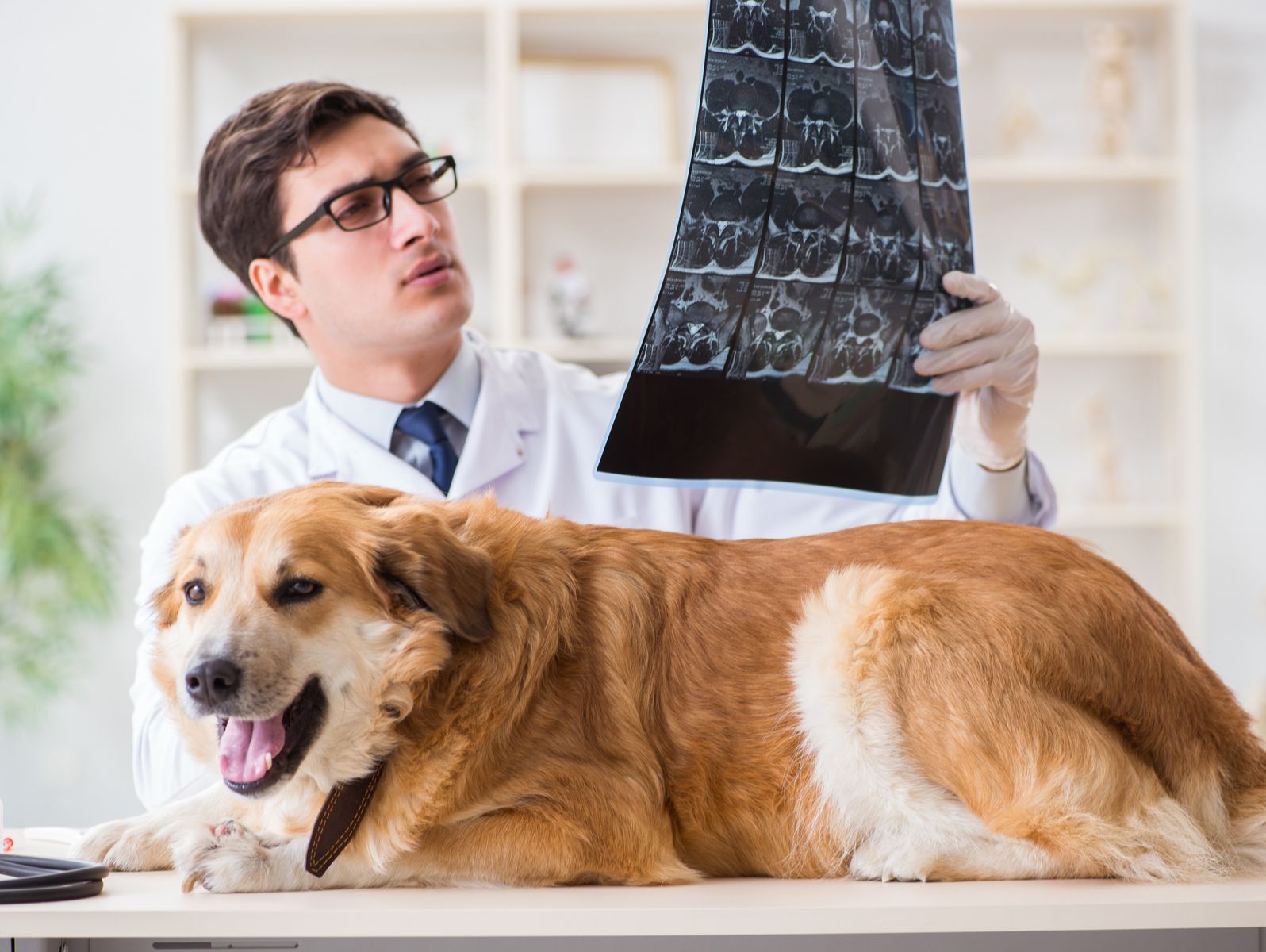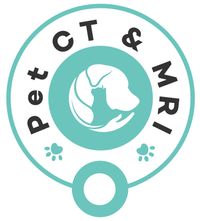
03/04/2023 0 Comments
Pet CT Scans: All Your Questions Answered
For the past few decades, pet care has transformed and grown alongside human health care. Now, just about any scan, treatment, or diagnosis technology available for people is also available to our beloved pets. One of the very best diagnostic tools available to vets is CT scans. Just like in humans, CT scans can help see inside a pet's body and diagnose many problems and conditions. Of course, a CT scan does come with a cost. So while pet owners want the best for their animals, they have questions about this process. As Ireland's best PET CT scan business, we often get questions on this scan. To make this information more accessible to pet owners nationwide, we have compiled some common questions and added comprehensive answers below.
What are pet CT Scans?
So, PET-CT scans are a type of medical imaging test that combines two different imaging technologies - positron emission tomography (PET) and computed tomography (CT). PET is a nuclear medicine imaging technique that uses a small amount of radioactive material (known as a radiotracer) to produce images of the body's metabolic and functional activity. Conversely, CT is a type of X-ray imaging that creates detailed pictures of the body's anatomy.
Combined with these two techniques, the result is a potent imaging tool that can provide functional and anatomical information about the body. PET-CT scans are commonly used in diagnosing and staging cancer, as well as in evaluating other diseases and conditions such as heart disease, neurological disorders, and infections.
During a PET-CT scan, the patient will lie on a table that slides into the PET-CT scanner. The scanner will then take a series of images, which a computer will process to create detailed 3D images of the body. The radiotracer used in the PET part of the scan is typically injected into a vein in the arm, and the patient will need to wait for some time (usually around an hour) to allow the radiotracer to accumulate in the body's tissues.
Overall, PET-CT scans are a handy tool in modern medicine, allowing vets to get a complete picture of what's happening inside the body and helping to guide treatment decisions.
How is a pet CT scan used to diagnose animal health issues?
PET-CT scans can also be used to diagnose health issues in animals, just as they are used in humans. The basic process for performing a PET-CT scan on an animal is similar to that used on humans.
During a PET-CT scan on an animal, the animal will lie on a table and be injected with a radiotracer, just as a human patient would be. The scanner will then take images of the animal's body, which a computer will process to create 3D images that can be used to diagnose health issues.
One of the main applications of PET-CT scans in veterinary medicine is diagnosing and staging cancer. Just as in humans, PET-CT scans can be used to detect cancerous tumours and to determine the extent of their spread throughout the body. This information can be beneficial in guiding treatment decisions.
PET-CT scans can also be used in veterinary medicine to diagnose other health issues, such as neurological disorders, infections, and inflammatory diseases. The functional and anatomical information provided by the scan's PET and CT components can help veterinarians better understand what's happening inside an animal's body and develop effective treatment plans.
Overall, PET-CT scans are a valuable tool in veterinary medicine, allowing veterinarians to diagnose and treat various animal health issues.
How much does a pet-CT scan cost?
The cost of a PET-CT scan can vary depending on many factors, including the specific facility where the scan is performed, the region of the country, and the reason for the scan.
PET-CT scans tend to be more expensive than other types of medical imaging tests, such as X-rays or CT scans, due to the complex and specialised nature of the technology involved. In some cases, the cost of a PET-CT scan may be covered by medical insurance, but this will depend on the individual's insurance policy and the reason for the scan.
If you need to know the cost of a PET-CT scan in Ireland, please get in touch with our clinic today. We'll be able to organise a price based on your specific requirements.
How do you keep an animal still for a Pet-CT scan?
Keeping an animal still during a PET-CT scan can be challenging, as animals are often naturally anxious or uncomfortable in unfamiliar environments. However, a few different techniques can be used to help keep the animal calm and still during the scan.
One of the most common methods for keeping an animal still during a PET-CT scan is sedation or anaesthesia. This is often necessary for animals that are very anxious or aggressive or for scans that require the animal to be completely still for an extended period. A trained veterinarian will administer the sedation or anaesthesia, and the animal will be closely monitored throughout the scan to ensure their safety.
Another technique for keeping an animal still during a PET-CT scan is to use physical restraints. This might involve using a specialised harness or another device to keep the animal in place during the scan. The animal's head might also be immobilised using a padded device to ensure the images are as clear as possible.
In some cases, the animal's natural inclination to stay still and remain calm may be enough to allow for a successful scan. Trained veterinary technicians or handlers can help keep the animal relaxed and comfortable throughout the process, using treats, gentle touches, and other positive reinforcement techniques to encourage the animal to stay still.
Overall, keeping an animal still during a PET-CT scan requires specialised training, experience, and patience. Veterinary professionals specialising in imaging and diagnostic testing are well-equipped to handle the unique challenges of scanning animals and will take every measure possible to ensure the safety and comfort of the animal throughout the process.
The above FAQs are by no means a complete list. You will likely have specific questions about your pet's temperament, species or breed. Our Pet CT scan experts will be more than happy to answer any of these questions. Please call our clinic today.

Comments
Leave a comment